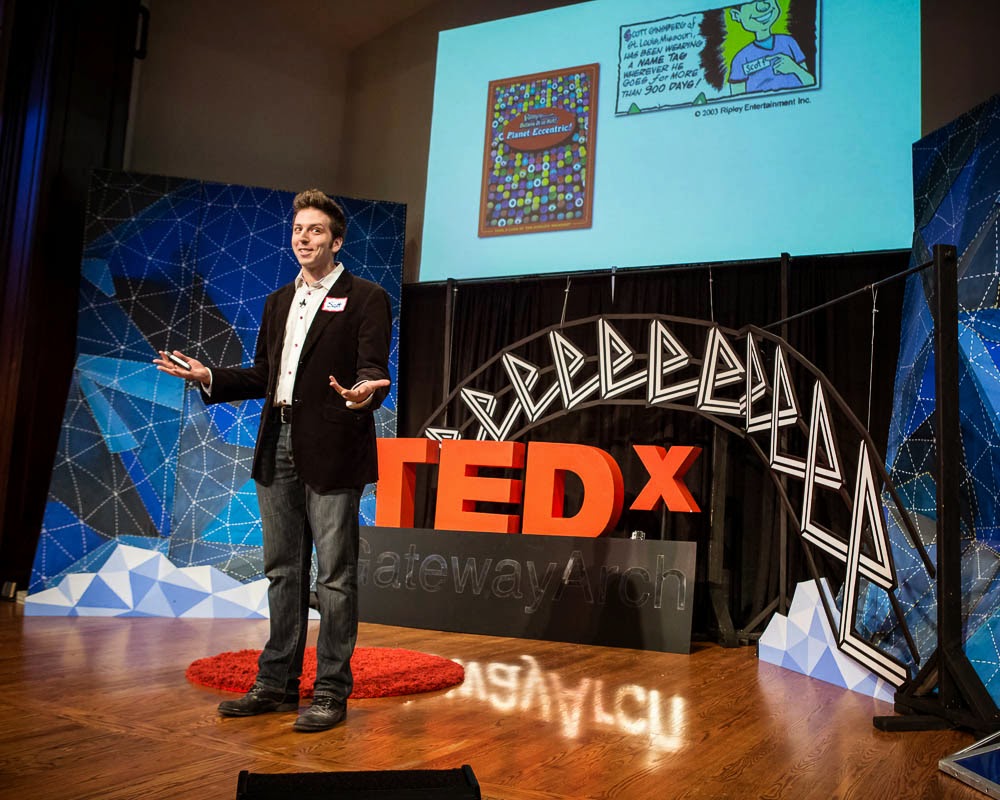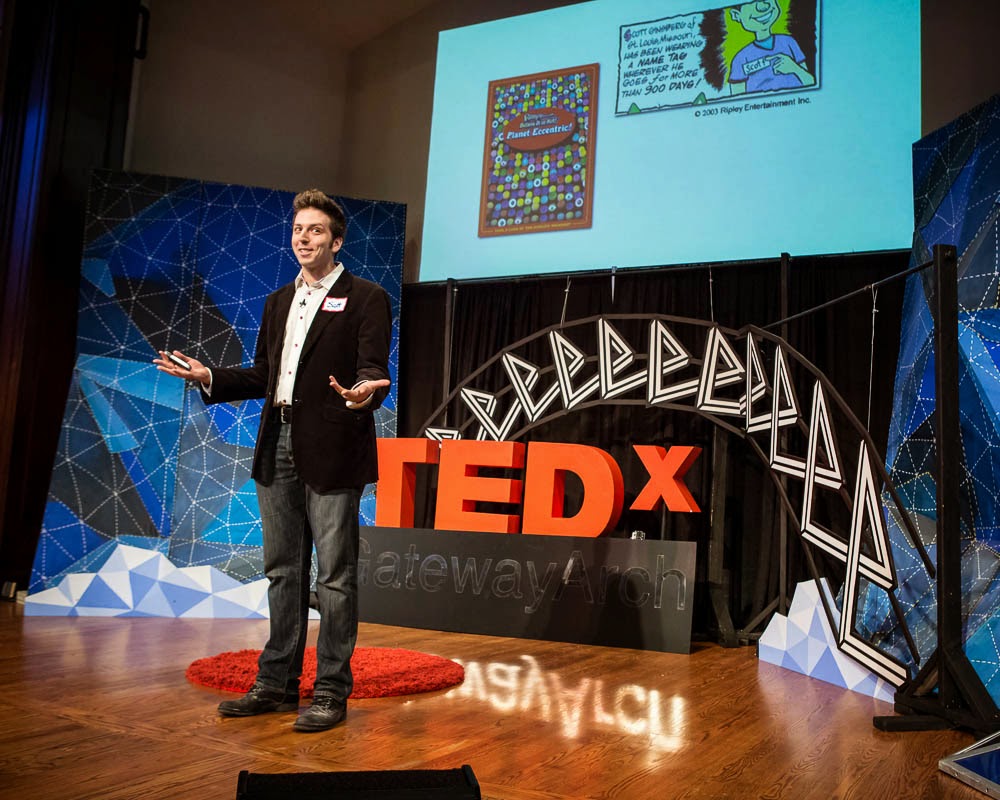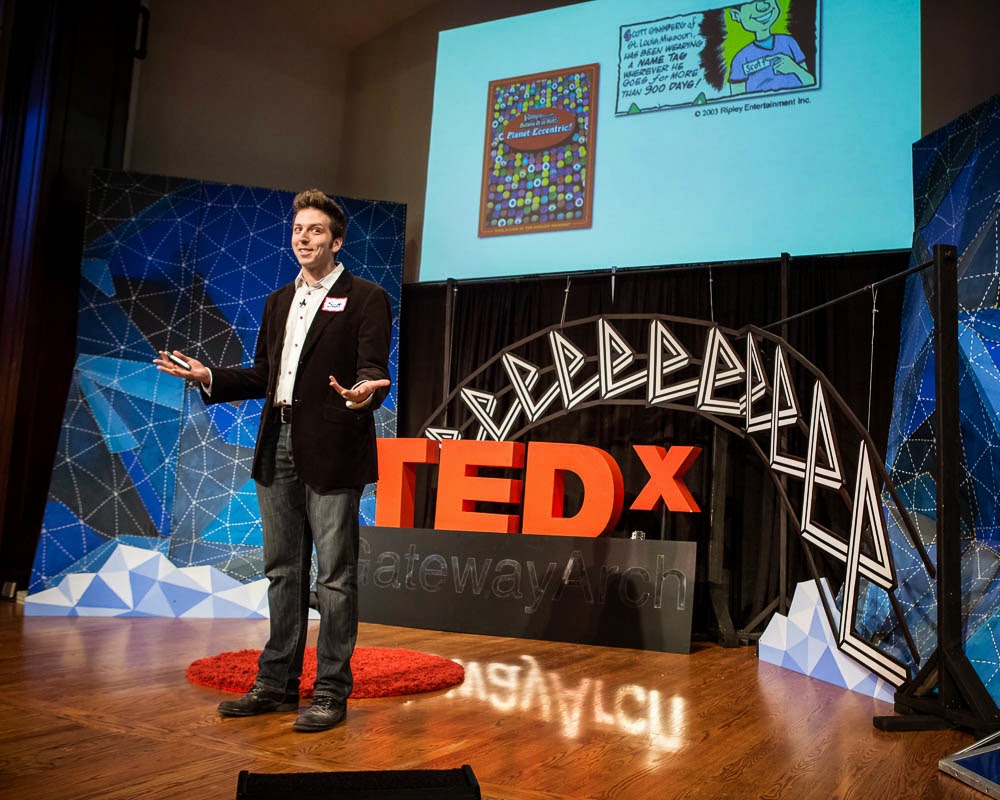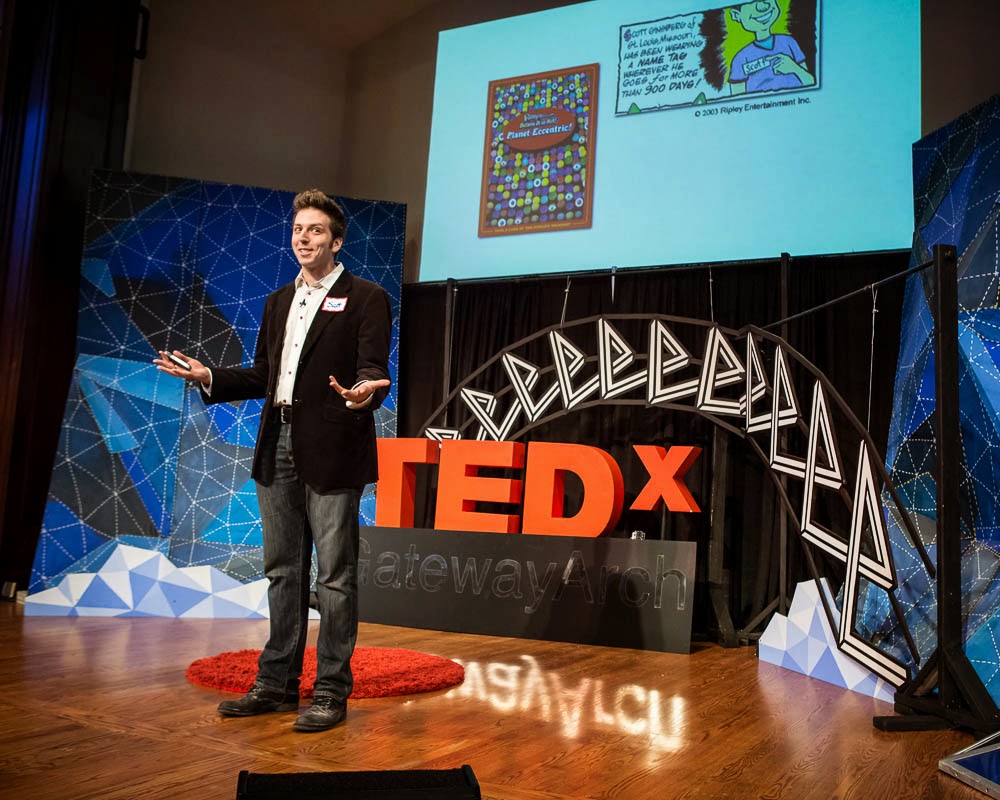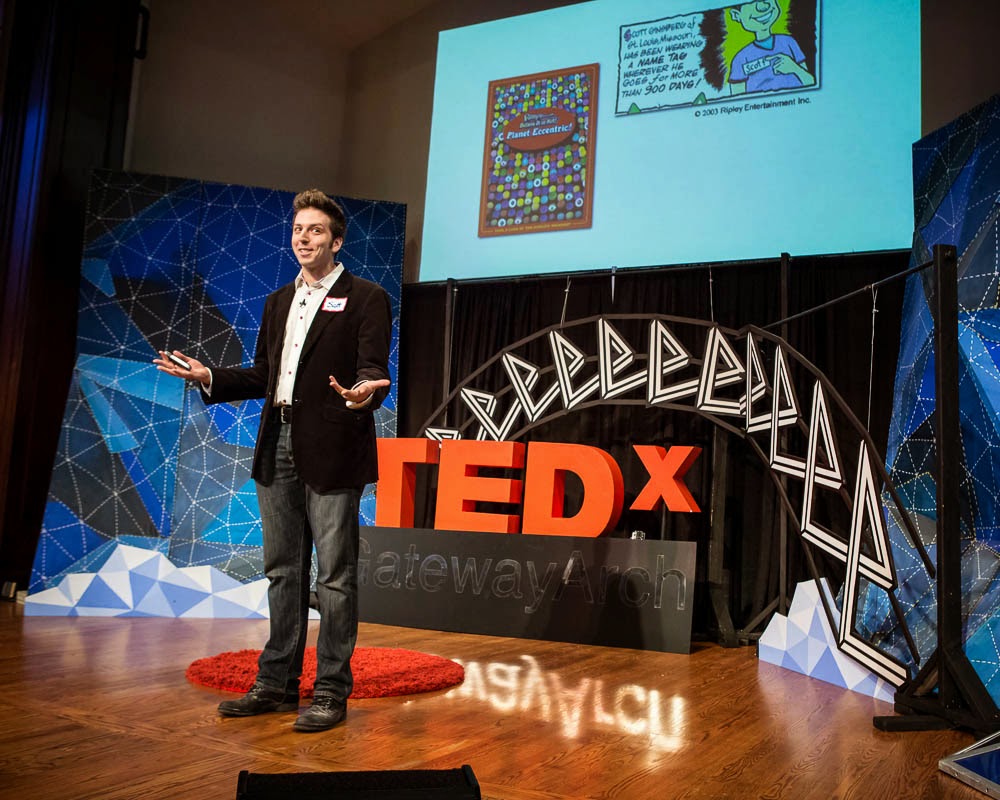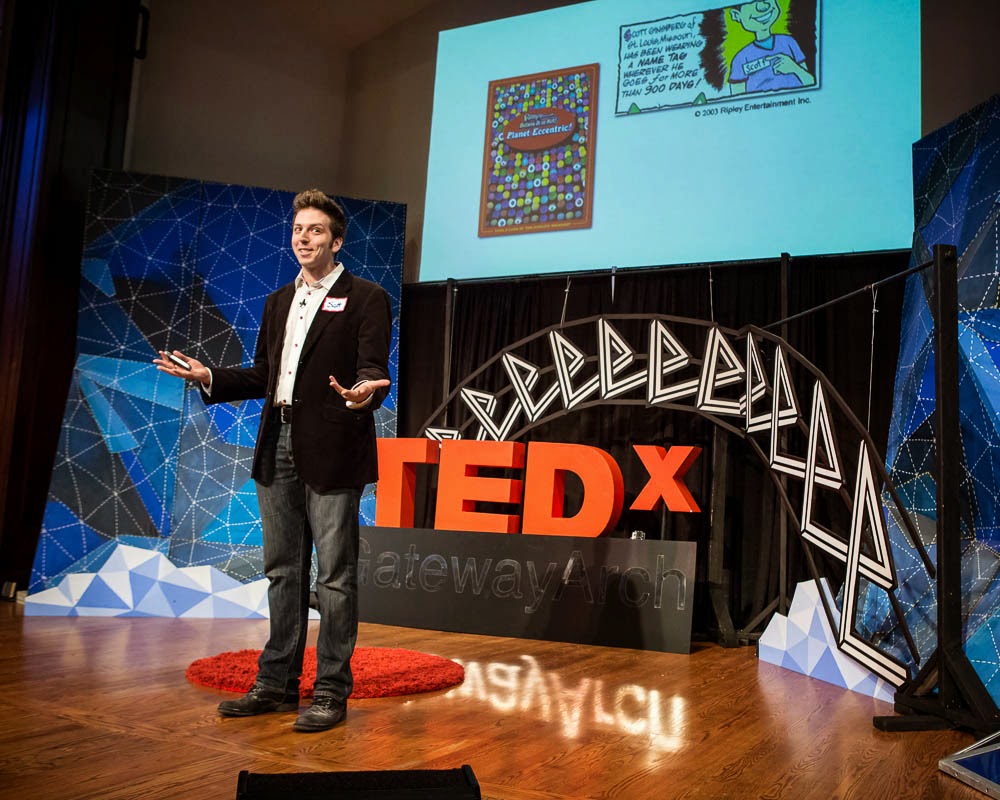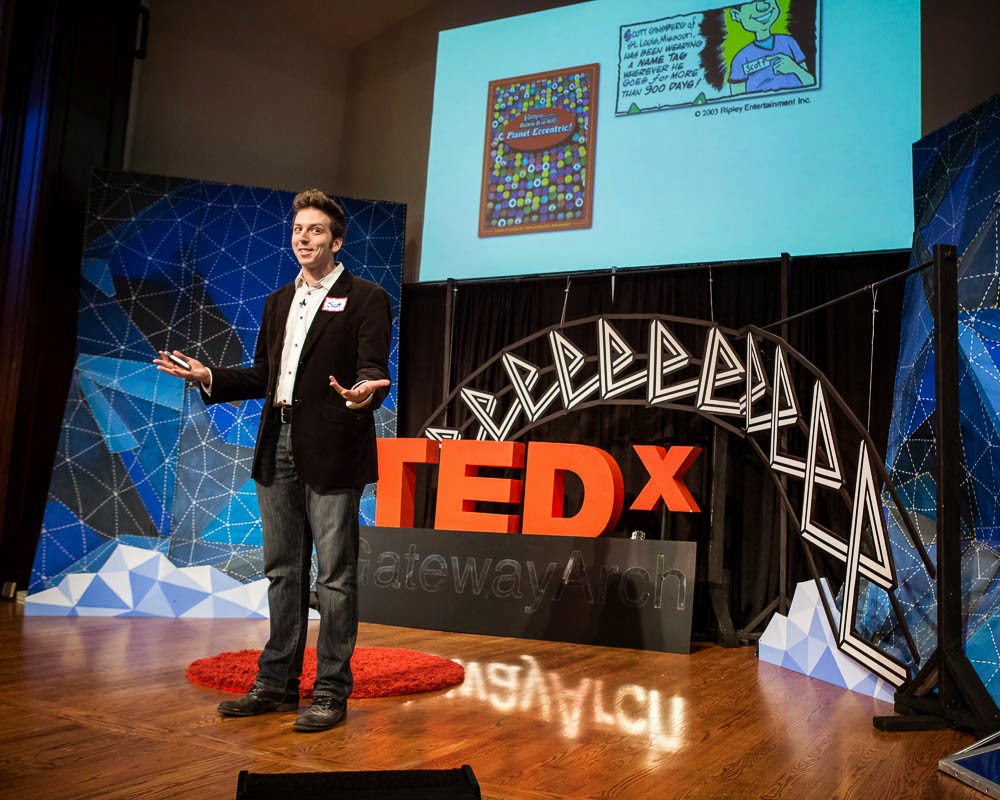
All creativity begins with the moment of conception.
That little piece of kindling that gets the fire going. That initial source of inspiration that takes on a life of its own. That single note from which the entire symphony grows. That single spark of life that signals an idea’s movement value, almost screaming to us, something wants to be built here.
And so, in this new blog series, I’m going to be deconstructing my favorite moments of conception from popular movies. Each post will contain a video clip from a different film, along with a series of lessons we can learn from the characters.
Today’s clip comes from the costume scene in Kickass:
What can we learn?
Generate your own demand. There isn’t an artist alive who doesn’t have some fear of the work drying up. It’s just the uncertain nature of the job. Tossing coins in the wishing well, hoping bills float to the surface. But one should never curse an empty calendar, as my mentor once said. Because nobody is going to change the pattern for us. The door must be opened from the inside. We must stoke our own intellectual fire. We must manufacture the opportunities that allow us to be as creative as we are. We must choose productive obsessions with potential to galvanize us. We must generate the internal pressure required turn an idea into an appropriate reality. Because if we don’t make that effort, if we don’t give ourselves that authority, nothing will happen. And we’ll blame everything but the person in the mirror. Dave doesn’t need a trauma or cosmic rays or a power ring to become a superhero, just the perfect combination of optimism, naivety and the willingness to put the onus on himself. Even if the city wasn’t looking for a superhero, he assumes that a lull in demand is merely a lack of imagination. He doesn’t wait for things to happen to him, he goes out and happens to things. Proving, that demand is only in short supply if we allow it to be. Are you waiting for your ship to come in or working to extend the reach of your dock
Everyone’s first hello world doesn’t work. Dave is an ordinary teenager who takes his obsession with comic books as inspiration to become a real life superhero. But the first time he goes out to fight crime, it’s not exactly the theatrical success he envisioned. Kickass receives a severe beating and stabbing by thugs, gets hit by a car, suffers multiple fractures and has to get metal plates put into his body. Worse yet, when he returns to school after extensive physical rehabilitation, there’s a new rumor that he’s a gay prostitute. How’s that for initial market feedback? If he were running a business, he would have quit and never looked back. And yet, he sticks with his idea. He takes his lumps and keeps moving the story forward. I’m reminded of my first six months of wearing a nametag every day. It was unbearable. People stared at me, girls avoided me, friends and family cracked jokes, complete strangers invaded my personal space, even one drunk hockey player picked fight with me. But something told me to stick with it. Something told me this was important, and that you persisted, there would be a reward waiting on the other side. How are you turning your trials into persistence?
Get your ass out of the basement. Kickass literally puts himself in the way of trouble. That’s his business model. He goes out looking for problems to solve and people to help. And he barrels toward his work with complete single mindedness, despite suffering the slings and arrows of outrageous adolescence. Dave is interactive, reactive and proactive. Even if he does choose to face the world through a mask, I applaud his efforts not to avoid the emotional risk associated with live encounters. That’s something many artists struggle with. Not battling criminals, but battling their own antisocial tendencies. Getting out of their heads. Remembering to spend time with real people in real places doing real things. Putting themselves on an intercept path with interesting experiences to inform, enrich and inspire their work. It’s part and parcel of a gradualistic approach to creativity, one that rejects the notion of the elusive eureka moment, and instead tout an existential and holistic approach to a prolific career, living your life in a way that your art gets done over and over. How many people did you go out of your way to avoid last week?
* * * *
Scott Ginsberg
That Guy with the Nametag
Author. Speaker. Strategist. Filmmaker. Publisher. Songwriter.
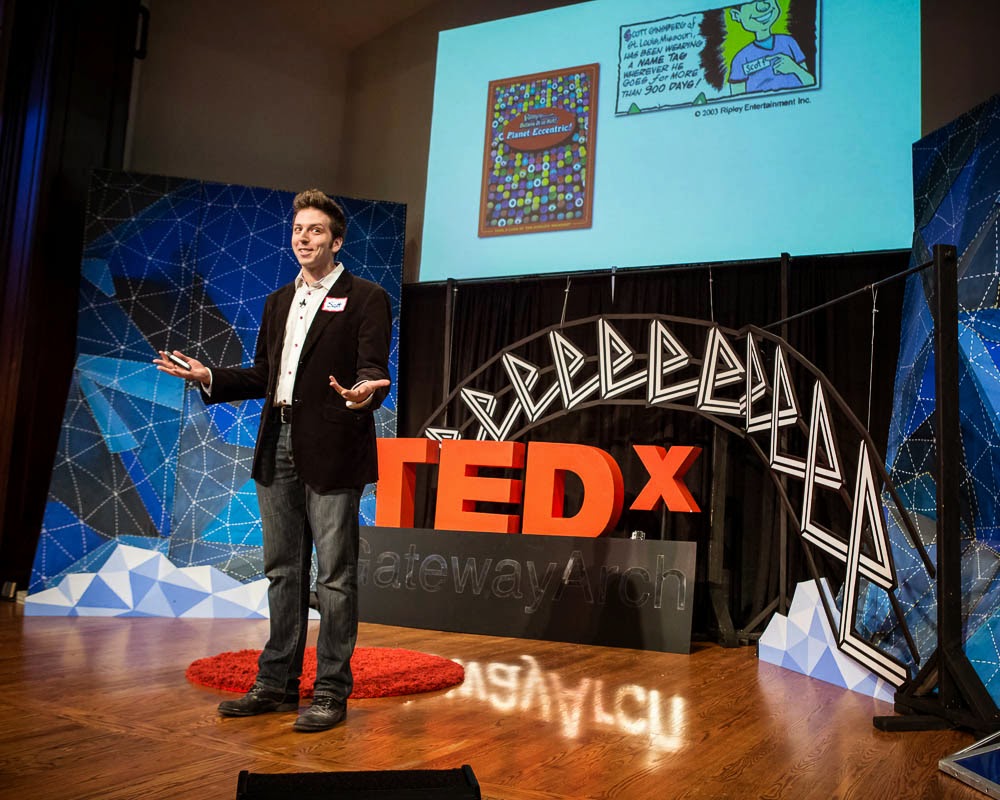
Never the same speech twice. Customized for your audience. Impossible to walk away uninspired.
Now booking for 2014-2015.
Email to inquire about fees and availability. Watch clips of The Nametag Guy in action here!


